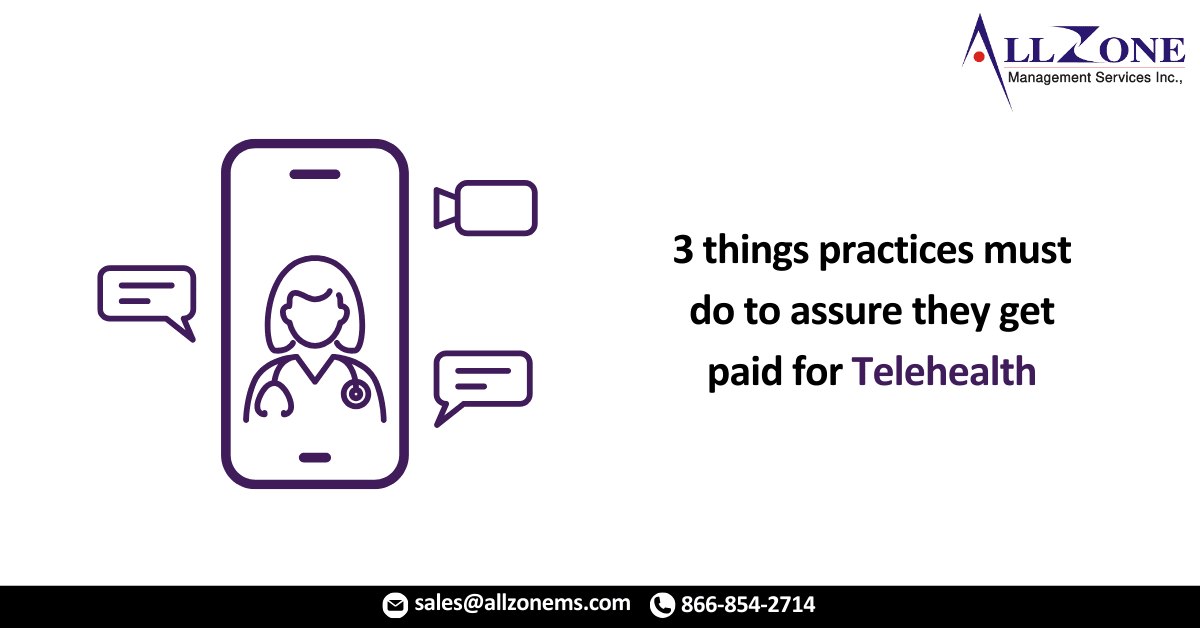It’s critical that independent practices make sure that they are laying the groundwork to make telehealth a robust part of their care delivery and their bottom line.
In a very real sense, telehealth has been responsible for enabling independent healthcare practices to stay in practice and continue to provide care to their communities during the pandemic. A survey conducted by Kareo in June 2020 found that 75% of independent practice respondents reported a decline in patient volumes, indicating a severe threat to their ability to stay in business. However, a more recent December 2020 survey showed that despite this initial decline, independent practices were showing signs of recovery. For 22% of respondents, their patient volumes had returned to the same level as they were in December 2019, before the pandemic. For 29%, their patient volumes had even increased over the same period the previous year.
This recovery can be attributed to a great extent to telehealth. At that same time, one could say that the adoption of telehealth by independent practices was propelled forward five years by the pandemic. In 2019, a Kareo report showed the adoption rate of telehealth at only 22%. That changed quickly as a survey conducted soon after the initial stay-at-home orders went into place in March showed that the rate of telehealth usage nearly doubled to 41%, and then skyrocketed to 77% in a survey conducted in June 2020. By December 2020, a follow up survey showed that telehealth was up by 80% – telehealth had clearly gone mainstream.
However, the flourishing of telehealth in 2020 was driven not just by necessity, but also by a significant loosening of governmental regulations and reimbursement requirements by payors. Waivers were granted during the public health emergency that allowed the use of traditionally non-compliant communications platforms, such as FaceTime and other consumer-level technologies. Practices have been able to grab most any technology and expect to get paid for the appointment. But today, both states and payors are already changing their rules and laws rapidly. A good first step for many practices is to wean themselves away from non-compliant communications to immediate implementation of aHIPAA-compliant telehealth solution that will be essential when the public health emergency is terminated.
To ensure that you will continue to be paid for your telehealth services, here are three best practices you should be aware of:
- Check to see if your state has proposed or passed legislation requiring insurance companies to cover telehealth.
Your local medical societies are often a good source of this information. Several states are already passing regulations regarding telehealth reimbursement requirements. Determine exactly what the regulations are in your state, who it affects, and when it goes into effect.
- Closely monitor bulletins and announcements regarding telehealth from any insurance payors your practice accepts.
Payor policies are changing rapidly and unexpectedly. Do not assume that any policies that applied in 2020 will continue. Make monitoring of payor policies at least a monthly discipline.
When you verify that a particular patient’s insurance accepts telehealth, determine if the coverage specifies the use of the payor’s approved telehealth vendor only. In that case, appointments conducted on the practice’s telehealth platform may not be covered. In some cases, state telehealth regulations might specify that the telehealth appointment must be allowed to be conducted with the patient’s regular provider, which could supersede the payor’s requirements. However, even if your state has such a requirement, be extra careful in 2021. There may be a gap between the implementation of state requirements and the provider contracts and policies that would postpone the application of the state requirements until 2022.
What many providers and their staff may also not realize is that ERISA rules override state laws regarding employer-based plans, so it is not safe to assume that a health plan covers telehealth services under the state-mandated guidelines. Always confirm the specific plan benefits for telehealth and instruct billing staff to watch for payment discrepancies as the situation with the public health emergency evolves.
- Update and clarify your practice’s financial policy regarding collection of co-pays for telehealth services.
To provide much-needed care during the pandemic, policies regarding collection of co-pays became very lax in many healthcare practices. Now is the time to remedy that. A clearly stated practice of collecting patient payments before service, just as would be done if the patient came into the office, should be in place and practices should not hesitate to reschedule appointments if payments aren’t made. A procedure to maintain a credit card on file simplifies timely payments. Make sure patients receive a copy of your policies so they know what and how much to expect to pay. When patients are unclear as to the amount owed, they tend to put off paying their healthcare bills.
There’s no doubt that telehealth is here to stay. Both practitioners and patients have discovered that telehealth is a viable approach to healthcare delivery. In fact, patients love the convenience of telehealth and now expect it as a delivery option. If a practice doesn’t offer telehealth, patients may go elsewhere. Therefore, it’s critical that independent practices stop considering telehealth as a fortunate stopgap and make sure that they are laying the groundwork to make telehealth a robust part of their care delivery – and their bottom line.
For more information: care management and financial opportunities from telehealth services

